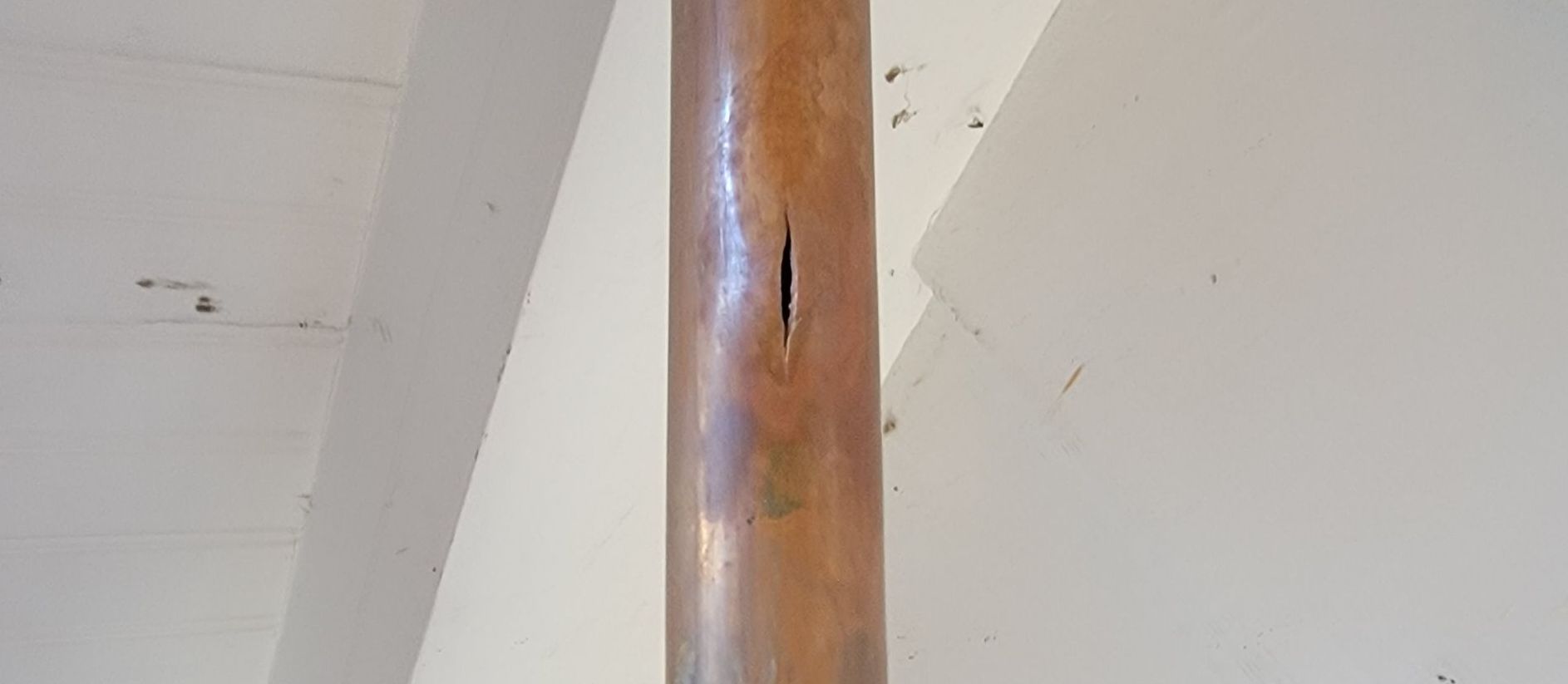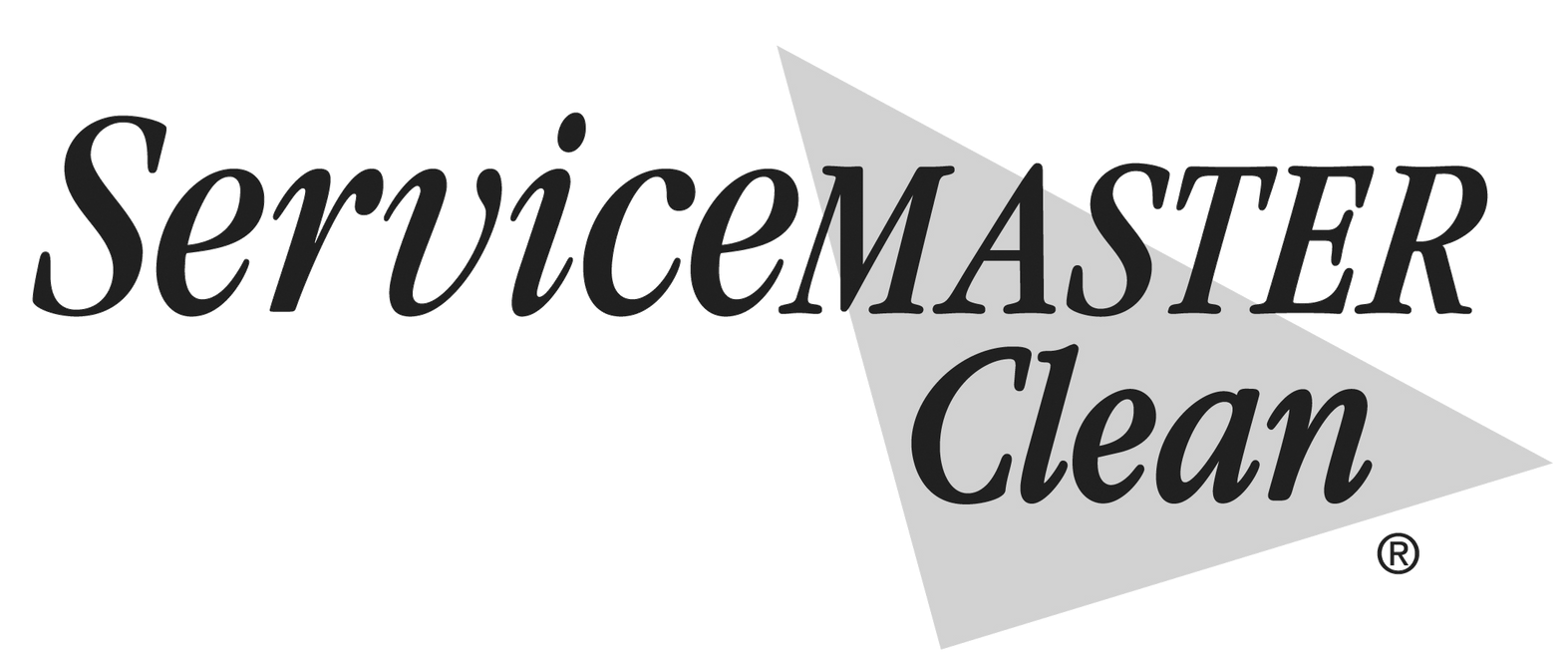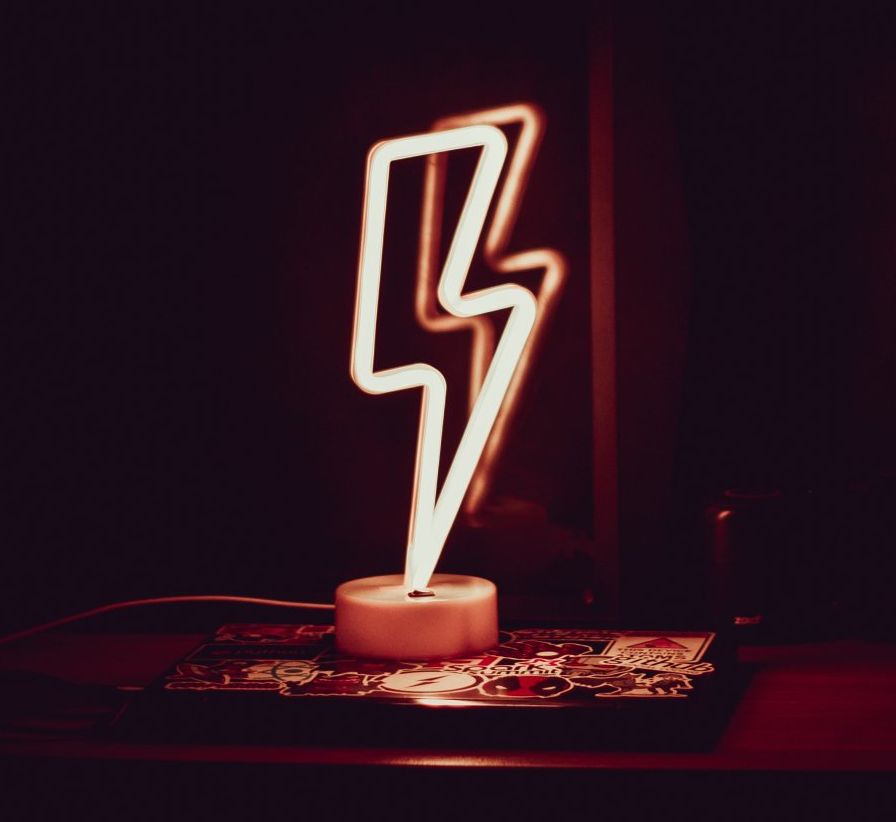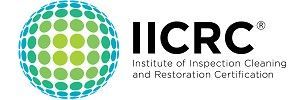WHY DO FROZEN PIPES BURST IN WINTER?
WHY DO FROZEN PIPES BURST IN WINTER?

AUTHOR: SERVICEMASTER RESTORE
Burst pipes are as frustrating as they are common during winter months when the temperature drops. They can also be expensive, causing thousands of dollars of water damage in hard-to-reach places of your home. Knowing the causes of this damage, and what you can do to help keep it from happening, can save a lot of time, stress, and money.
CAUSES OF BURST WATER PIPES IN WINTER
The biggest cause of burst pipes in cold weather is freezing. But that isn’t the only thing that can cause pipes to burst. Improperly secured pipes, corrosion, and natural causes such as tree roots can cause problems on their own. They can also weaken pipes, making them more vulnerable to bursting in cold weather.
Frozen Pipes
Frozen pipes are one of the most common reasons for pipes bursting, especially in winter. Most things contract when they get cold. Metal pipes will actually shrink in the cold. It may be too small of a change for you to notice it, but it happens, all the same.
While most things contract when they’re cold, it’s not a universal law. When water gets cold enough, it actually starts expanding. The bonds between the water molecules become stronger, and the water begins to line up into crystalline structures.
As the pipe contracts, and the water inside of it expands, the pipe is suddenly under far more pressure than it was when the temperature was warm. The pressure build-up is often too much, and the pipe will rupture under the strain.
It isn’t actually the ice that causes the bursting. The frozen water expands down the length of the pipe, and any air that was inside gets pressurized between the ice and the tap. It’s this air pressure that causes the pipe to rupture. Surprisingly, the pressure isn’t at its worst when the water freezes, but right as it starts to thaw.
If you’ve ever put a glass soda bottle in the freezer and forgotten about it, you’ve seen something similar happen on a smaller scale. The soda expands, the bottle doesn’t, and suddenly you have a mess of broken glass instead of a cold drink.
Unsecured Pipes
If your water pipes aren’t secured, the force of the water moving through them can cause the pipes to move around. This is called “water hammer,” and you may be able to hear it when your water’s running. It’ll sound like a clanging under your floors or in your walls.
Over time, this movement can weaken the joints in your pipes, until eventually the affected section may give way to the water pressure. This can cause serious damage, as the pressurized water escapes and starts pouring into your walls affecting the structure of your home including insulation and flooring.
External Factors
Sometimes forces outside of the pipe can cause damage, as well. This is especially true outside of the home. Shifting ground, as well as objects like tree and shrub roots, can damage pipes and make them rupture. If your home is located in an area prone to earthquakes or have trees or shrubs near your home, you may consider having your home inspected by professionals regularly to ensure there’s not warning signs.
DO WATER PIPES ALWAYS BURST WHEN THEY FREEZE?
Not all frozen pipes necessarily burst. If the pressure buildup is minimal—or if you can let some of the pressure off—then the pipe could stay intact. However, this can be tricky. Just because your pipes survive a freeze, it doesn’t mean you’re in the clear. You still have to safely thaw the pipe.
HOW TO SAFELY THAW A WATER PIPE
Cut Off the Water Supply
The best trick to safely thaw a frozen pipe is to cut off the water supply running into it. In a frozen pipe, the ice acts as a plug. You’ve got a pipe with a lot of highly pressurized air near the tap. Then you’ve got a wall of ice. On the other side of that, you’ve got water waiting to rush into the pipe as soon as it can. If you shut off the water to the pipe, you can at least take that last kind of pressure out of the equation, giving your pipe a better chance at making it out okay.
Slowly Warm the Pipe
With the water cut off, locate the frozen area of the pipe. Using an electric hair dryer or heat lamp, apply heat to the area of the pipe that’s frozen. This can gently melt the ice, helping reduce the risk of damage. Use caution as heat lamps left unattended can result in a fire.
HOW TO PROTECT YOUR HOME FROM BURST PIPES
Of course, the best protection is to prevent pipes from freezing in the first place. There are several things that you can do to help prevent frozen pipes.
Turn on the Faucets in Your Home
Turning on your faucets is one of the most important things you can do to keep pipes from freezing. You don’t need to run your faucets at full water pressure. Apart from being wasteful, it’s no good for your water bill. Running water doesn’t turn to ice as easily as standing water does, so even letting your faucet slowly trickle can go a long way to prevent freezing pipes.
Keep Your Pipes Insulated
Exposed pipes are much more likely to freeze over than pipes that are properly insulated. In colder regions, like the Northern states, exposed pipes aren’t as common. Pipes along an exterior wall tend to be inside the insulation and protected from the elements. However, even in the South, it can get below freezing, and your home may not be built to protect your water lines. Learn which of your pipes are insulated, and which ones aren’t.
You may consider using heat tape to protect your pipes from the cold weather. You can find tape that is self-regulating, or tape that you can control from a thermostat.
Direct Warm Air to Your Pipes
Pipes along exterior walls or in cold areas may not get the warm air that they need to protect them. Use your central heating (or even a portable space heater) to strategically and carefully prevent frozen pipes.
Remember that your kitchen sink is usually on an exterior wall, and it will need warm air, too. If you can leave your cabinet doors open, that can help your kitchen sink pipes get the heat that they need to stay safe in the cold weather. The same can be done in your bathroom or in other rooms containing water pipes that may be prone to freezing.
Disconnect Your Hoses
Your outside faucets can freeze over, too. If you disconnect your hose, it should be easier for water to drain out of your hose bib. That decreases the risk of damage from freezing. Be sure to cover your outside faucet with faucet covers designed to help insulate it and protect from freezing.
Keep Your Home Warm
While strategically directing heat to your pipes is important, it’s also important to keep your home warm overall. Look for potential leaks that let cold air into your house. These leaks may be present around your electrical wiring, dryer vents, or pipes—anywhere that your home is exposed to the outside. You may be able to seal these leaks with caulk or insulation.
Likewise, make sure that your home doesn’t drop below freezing anywhere. Obviously, your living areas should never be anywhere near that cold, but other areas like basements or crawl spaces where pipes are present might.
Turn Off Your Water If You’re Leaving
If you head away for a trip, the best thing that you can do is to shut off you water and run your taps until they’re empty. Remember—freezing pipes burst because of the pressure build-up when ice, air, and rushing water combine. If you take the water out of the equation, you’ll go a long way towards protecting your pipes. You can turn your water back on when you return home.
RECOVER YOUR HOME WHEN FREEZING WATER PIPES BURST
Of course, you don’t always get to your pipes in time. And even if you do everything “right,” damage can still occur. That damage can include short-term, obvious concerns like water damage, as well as long-term issues like mold growth, if not addressed quickly.
When you experience water damage from a frozen pipe, it’s best to call in the professionals. ServiceMaster Restore has a network of local winter weather damage experts who are ready to help you and are backed by the expertise of a leader in the restoration industry. A good home restoration service can put together a comprehensive plan to take care of the damage caused by burst pipes, including dehumidification and drying, water damage repair, mold mitigation, and more.








